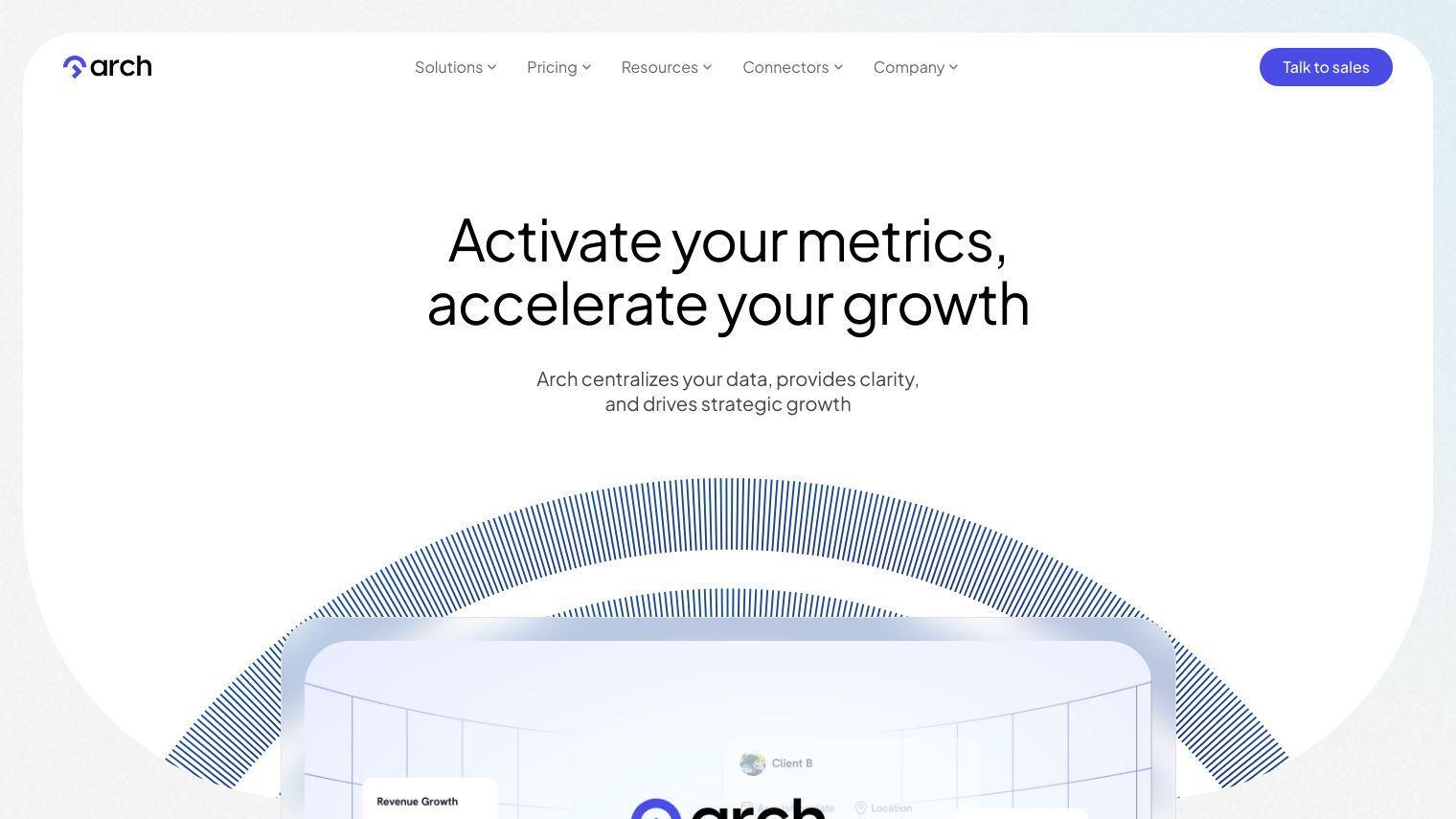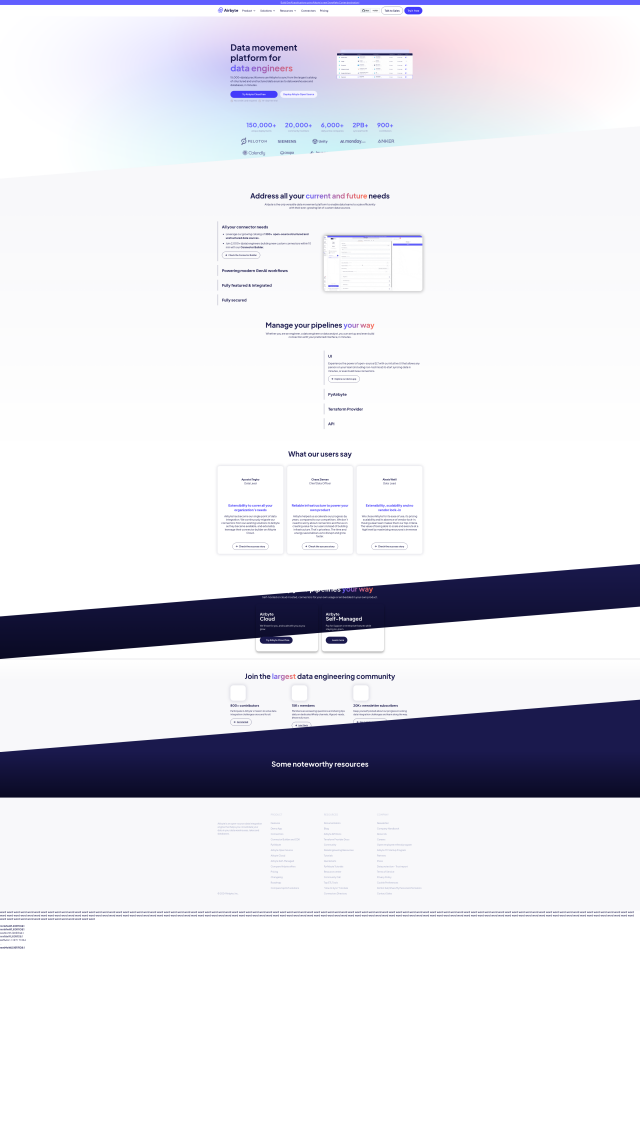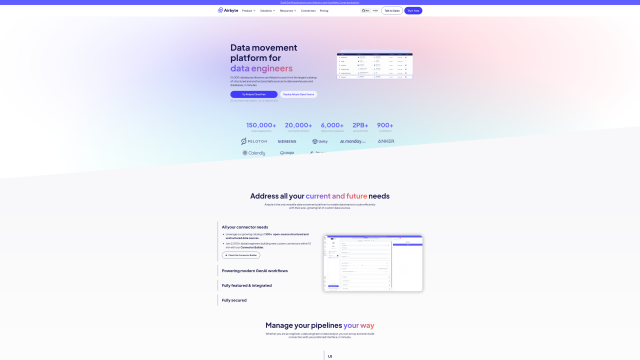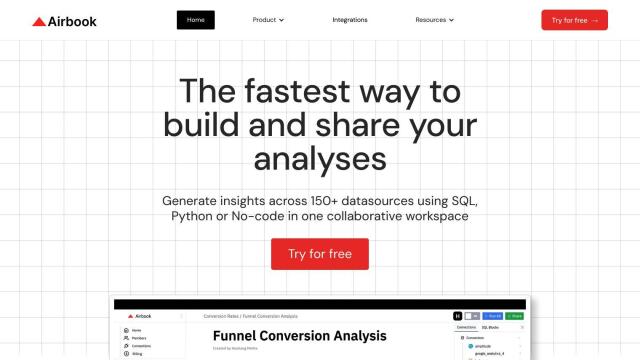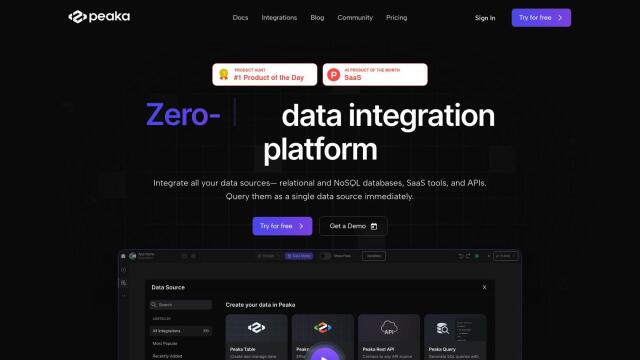Arch is an end-to-end data platform that helps businesses of any size run more efficiently and make decisions faster. You can use it to deliver standardized data solutions to customers as a managed service, and customize it for their specific needs.
Arch addresses the problem of building and maintaining separate data stacks for each customer, which can be time-consuming and costly. It centralizes data from multiple systems, presenting the relevant metrics for every portfolio company in a unified way.
Some of Arch's key features include:
- SQL and API integration: Database queries and API calls for data access.
- Semantic layer: A unified data model across multiple sources.
- Customizable templates: Templates defined with versioned code or through the UI, for ingestion from any source and custom table definitions.
- Multi-tenant data warehouse: Built on Hydra, a scalable and flexible storage system.
- Auto-provisioning: Automatically sets up ELT orchestration and data warehouses for new customers.
- White-label client portal: Customers can manage their own connections and data models.
- Automatable: Integrates with API and custom frontend integrations for efficient customer management.
Arch is designed for businesses and portfolios that want to run their data operations more efficiently without having to build custom data infrastructure. It's a good way to manage many customers, customize data models and integrate different data sources.
Arch's pricing isn't clear, but it appears to be geared for businesses that want to productize their data services and scale. If you're interested in using Arch for your data needs, the project welcomes collaboration and offers resources like blog posts and tutorials to help you get the most out of its features.
Published on June 10, 2024
Related Questions
Tool Suggestions
Analyzing Arch...

